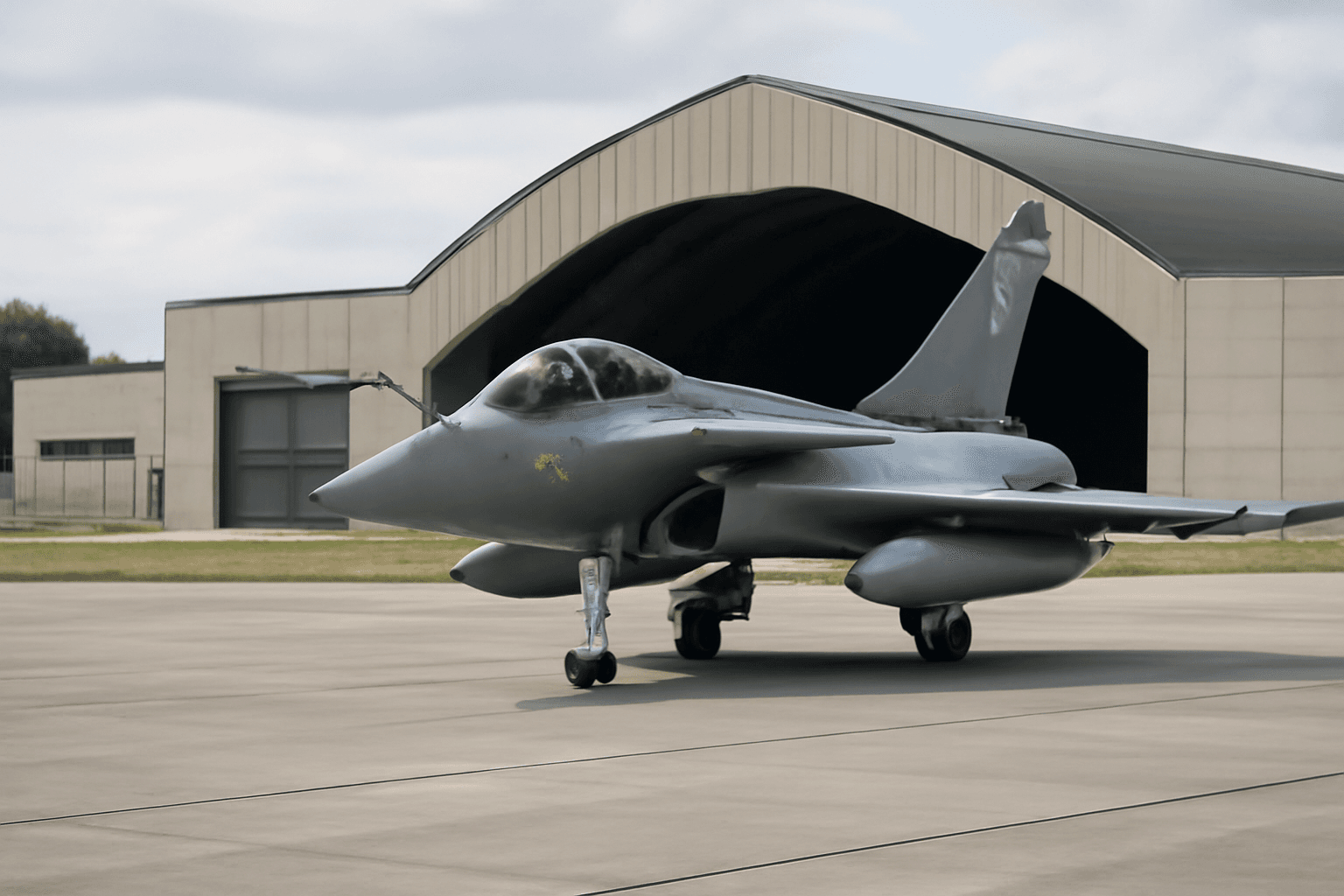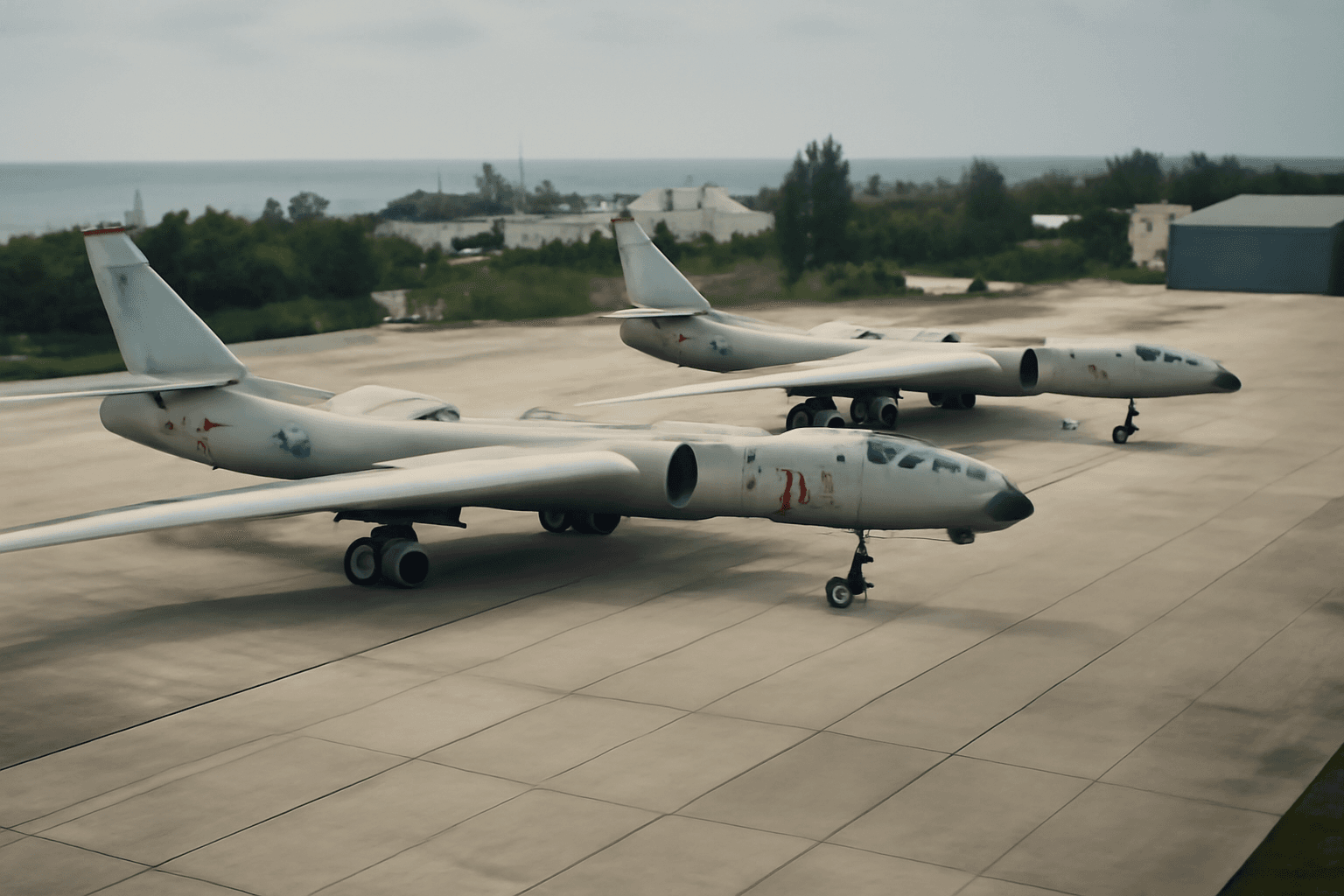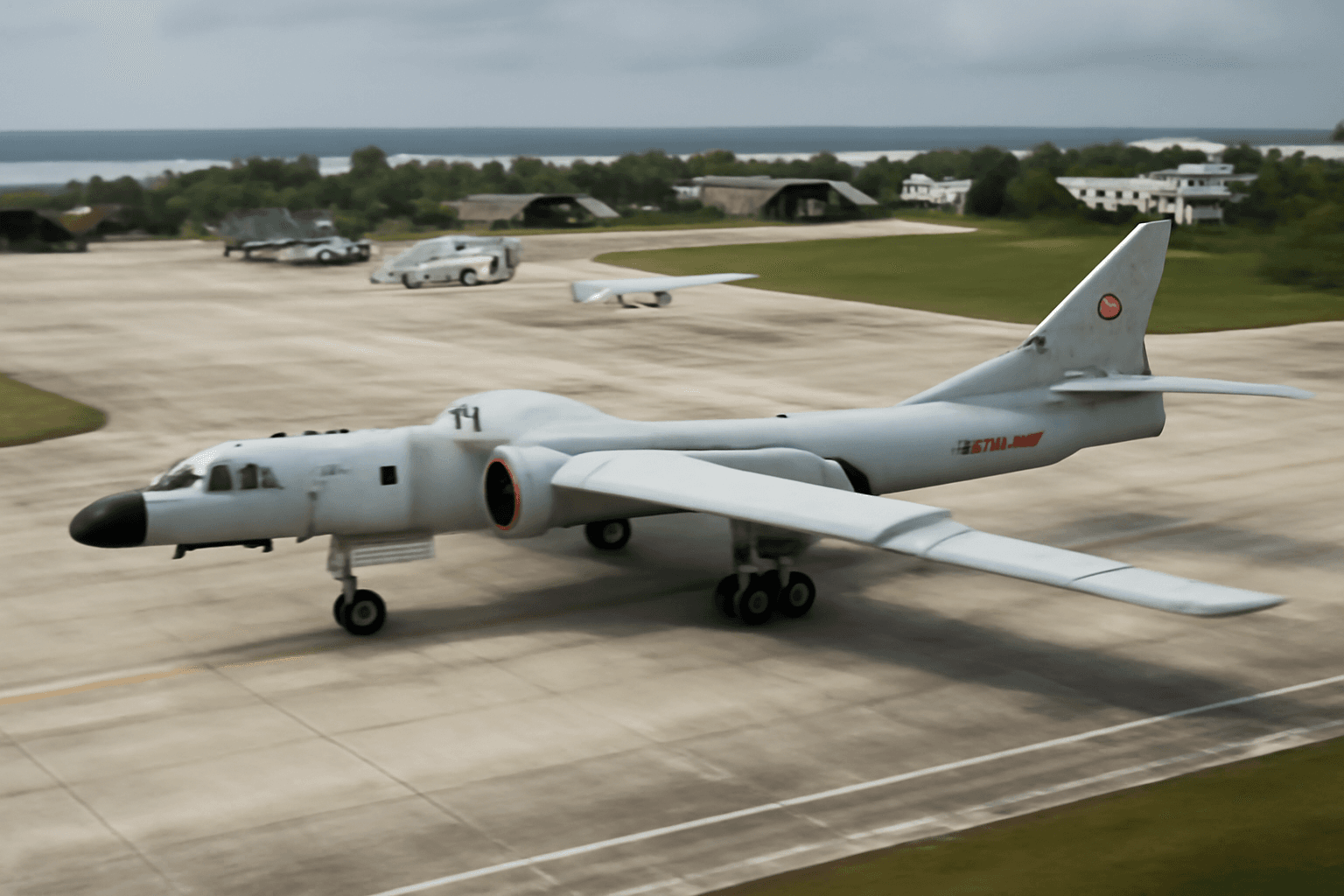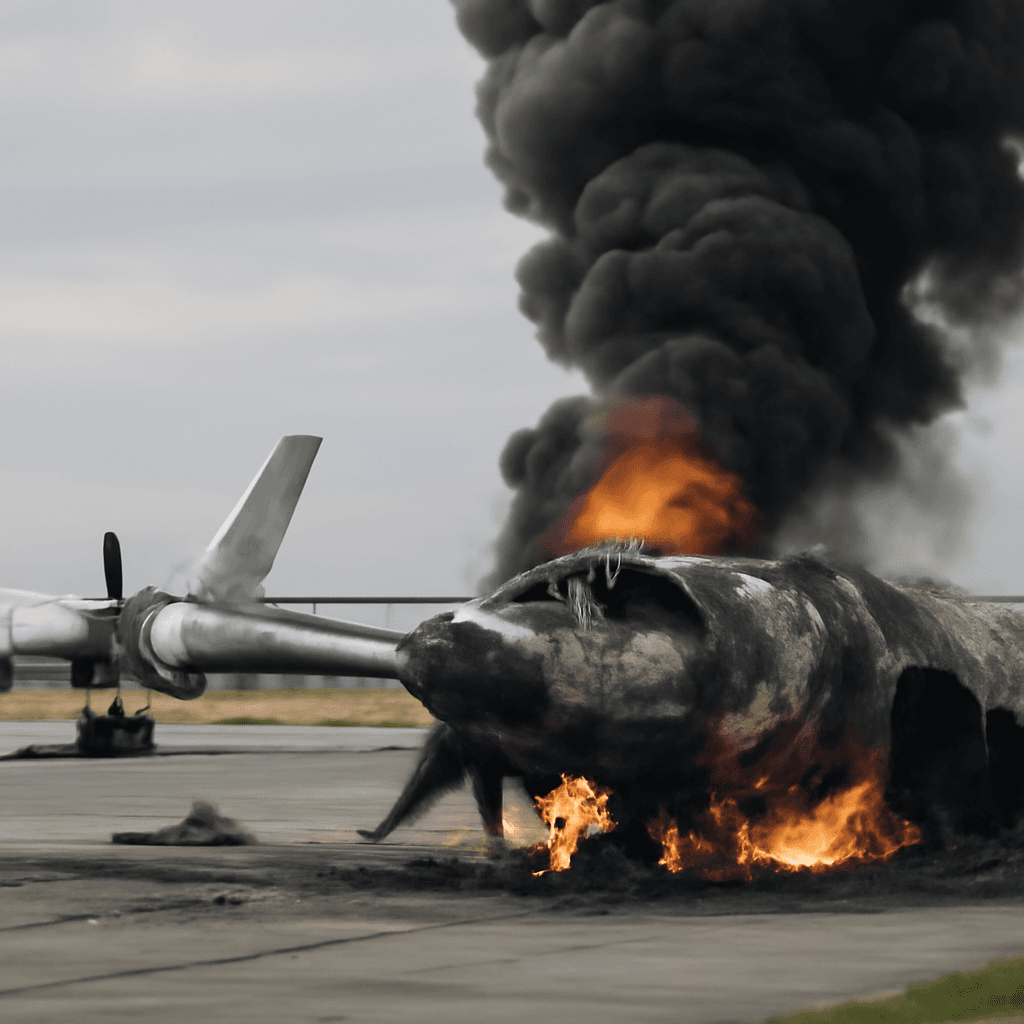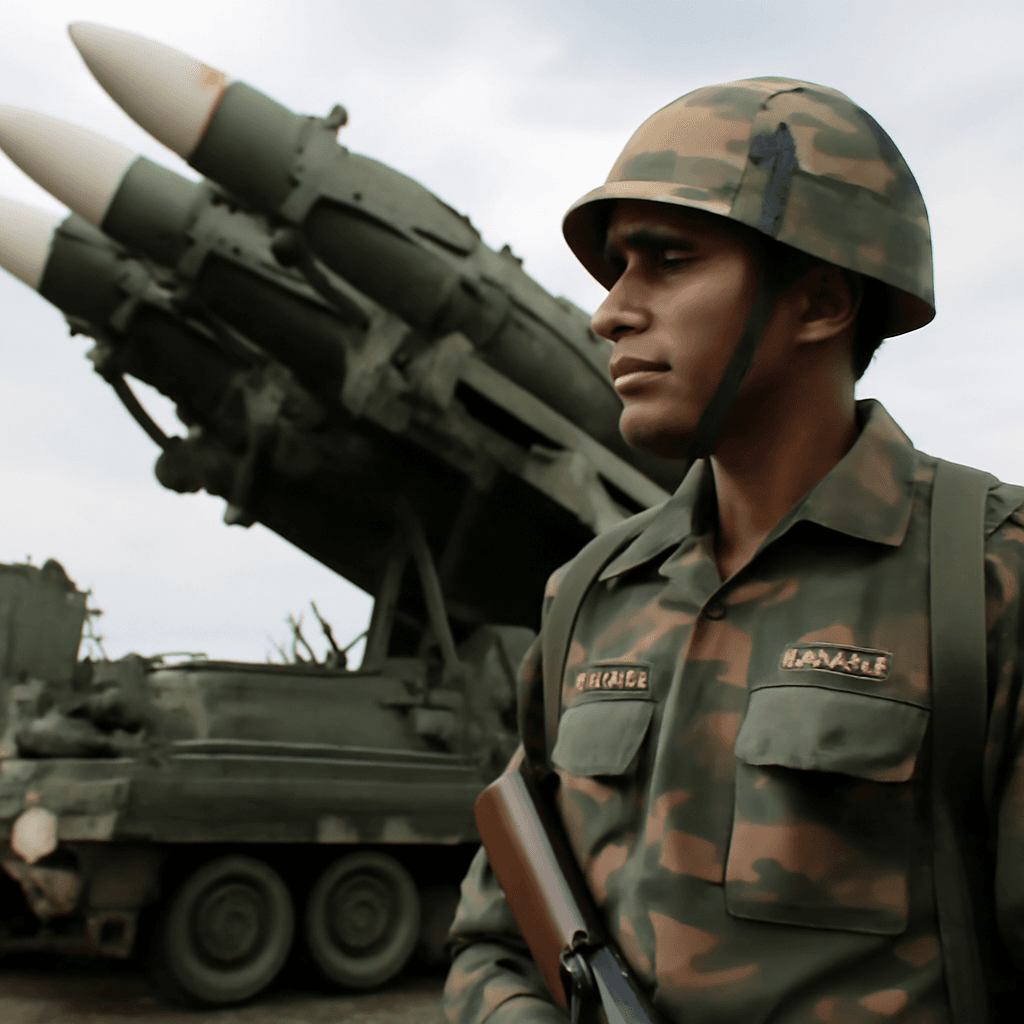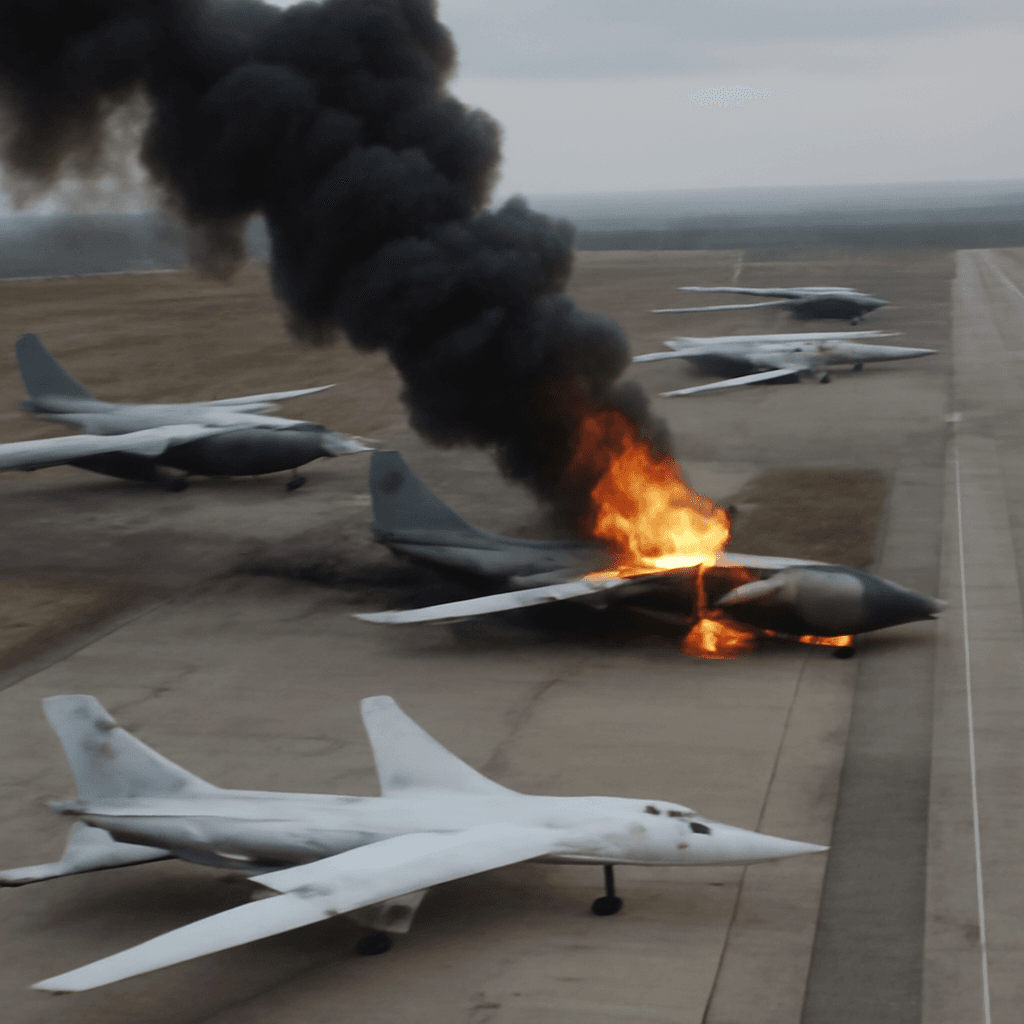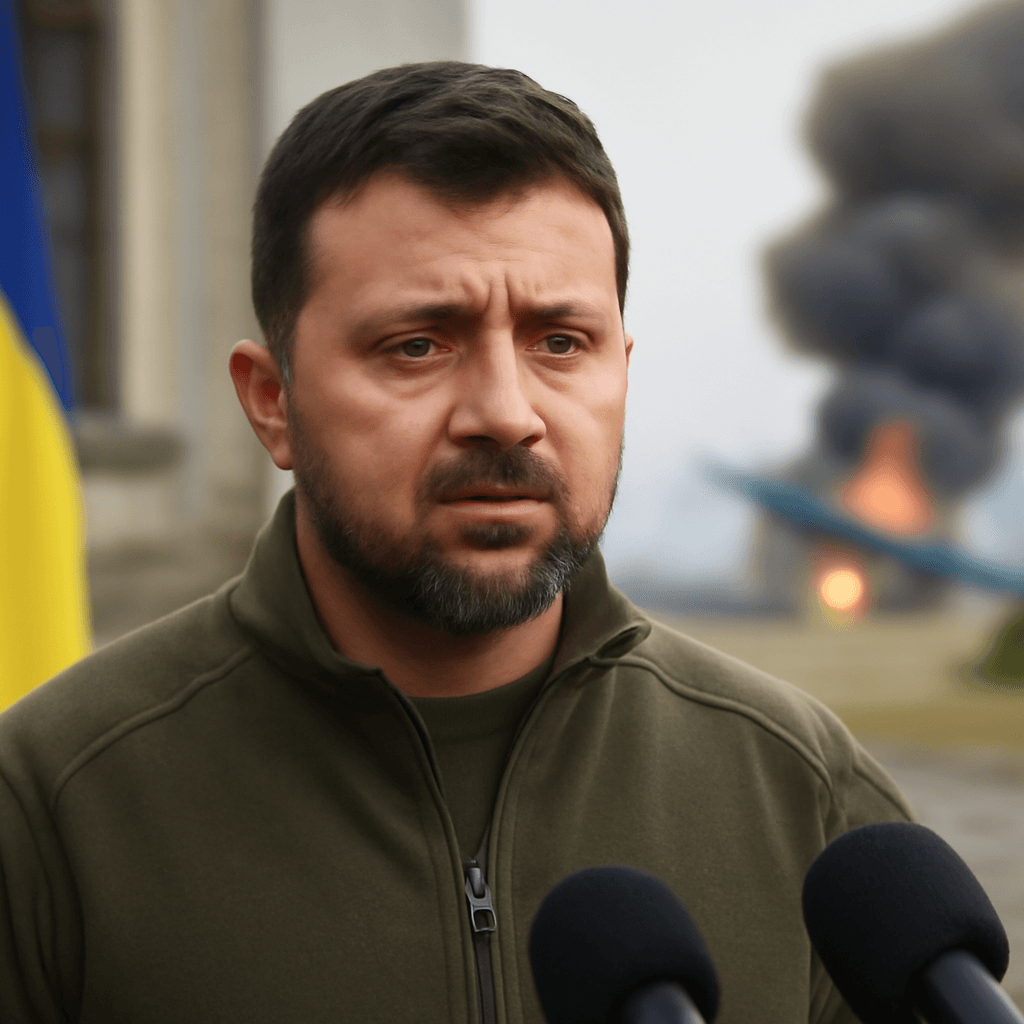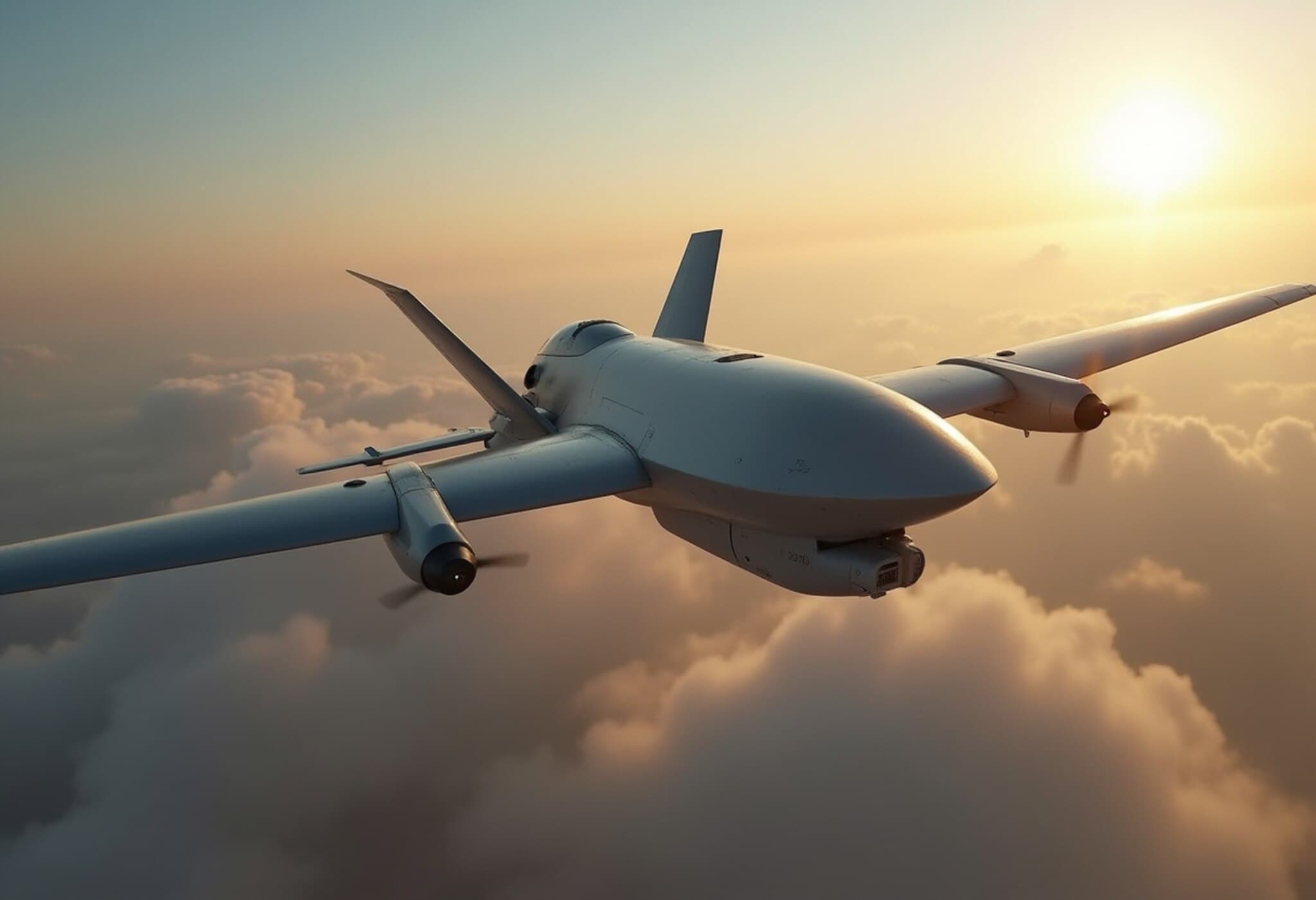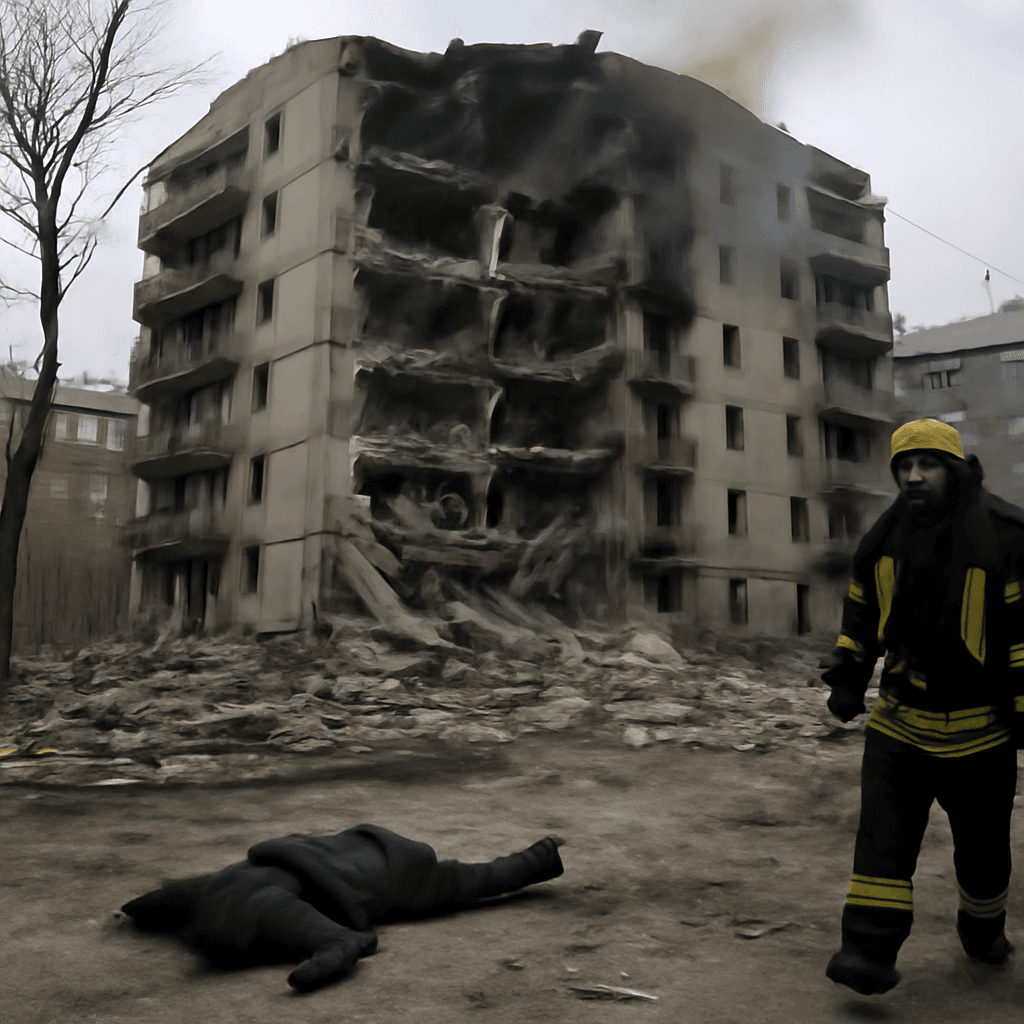Ukraine's Drone Strike Exposes Vulnerabilities in US Military Defense
Following a recent drone attack by Ukraine that destroyed nearly a third of Russia's nuclear-capable long-range bombers, defense expert Tyler Rogoway has issued a stark warning: the United States is equally susceptible to similar attacks, both overseas and on its own soil.
Significant Damage to Russian Strategic Aviation
In an unprecedented operation, Ukrainian forces deployed drones to successfully target and destroy up to 41 Russian long-range bombers, including Tu-95 and Tu-22M3 aircraft, along with an A-50 airborne early warning and control aircraft. These attacks struck even deep into Russia's Siberian region, some approximately 2,500 miles from Ukraine.
This assault dealt a severe blow to Russia’s strategic aviation capabilities, dramatically reducing a key component of its nuclear deterrent.
Warning for US Military Preparedness
Tyler Rogoway, a seasoned defense analyst and Editor-in-Chief of a military-focused publication, emphasized the urgent need for the US military and political leadership to recognize and address similar threats at home.
Key points from Rogoway's analysis include:
- The United States lacks sufficient hardened aircraft shelters at critical airbases, both domestically and abroad.
- There has been inadequate attention to the rising threat of unidentified flying objects near sensitive military installations.
- While China has constructed approximately 400 hardened shelters in recent years, the US has only built 22, leaving valuable aircraft vulnerable.
- In wargame scenarios involving potential conflicts with China, US aircraft could sustain heavy losses on the ground due to lack of proper defenses.
Rogoway stated, "Our most prized aircraft are sitting ducks... this could happen in the US tomorrow."
Implications for National Security and Intelligence Gathering
The recent drone strikes not only highlight the risk to physical military assets but also underscore the evolving nature of aerial threats. Rogoway points to recurring sightings of unidentified flying objects near US military sites and suggests these are likely advanced spy drones operated by foreign adversaries rather than unexplained phenomena.
This form of intelligence gathering using sophisticated unmanned aerial vehicles represents a significant security challenge that requires immediate and serious attention.
Conclusion: A Global Wake-Up Call
The destruction of a significant portion of Russia's long-range bomber fleet by drones serves as a crucial warning to defense establishments worldwide, particularly the United States. It highlights the urgent need to fortify critical military infrastructure against emerging aerial threats and to reassess current strategies surrounding drone technology and airbase security.
Addressing these vulnerabilities is essential to maintaining strategic deterrence and safeguarding national security in an increasingly complex and technologically advanced battlefield environment.


